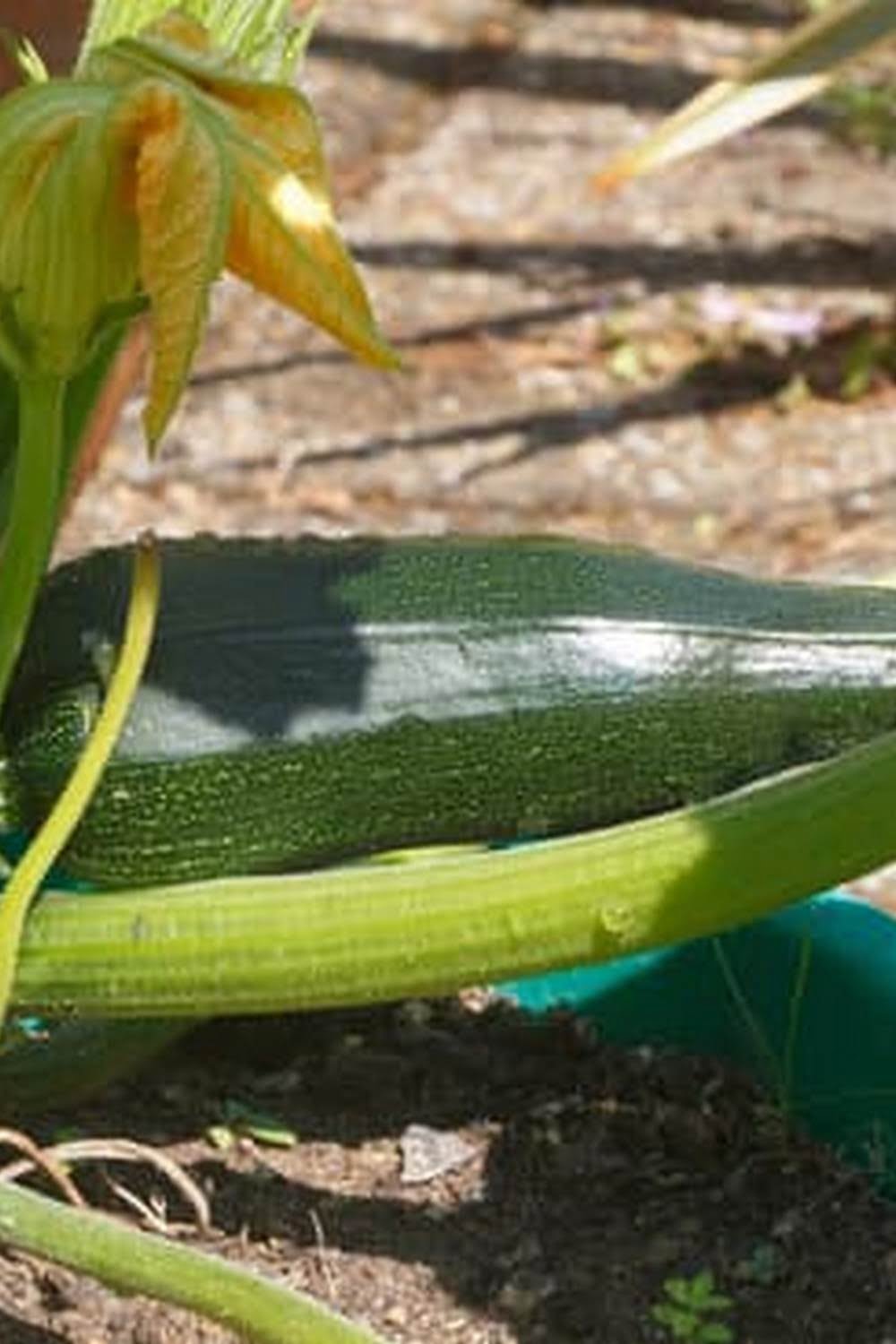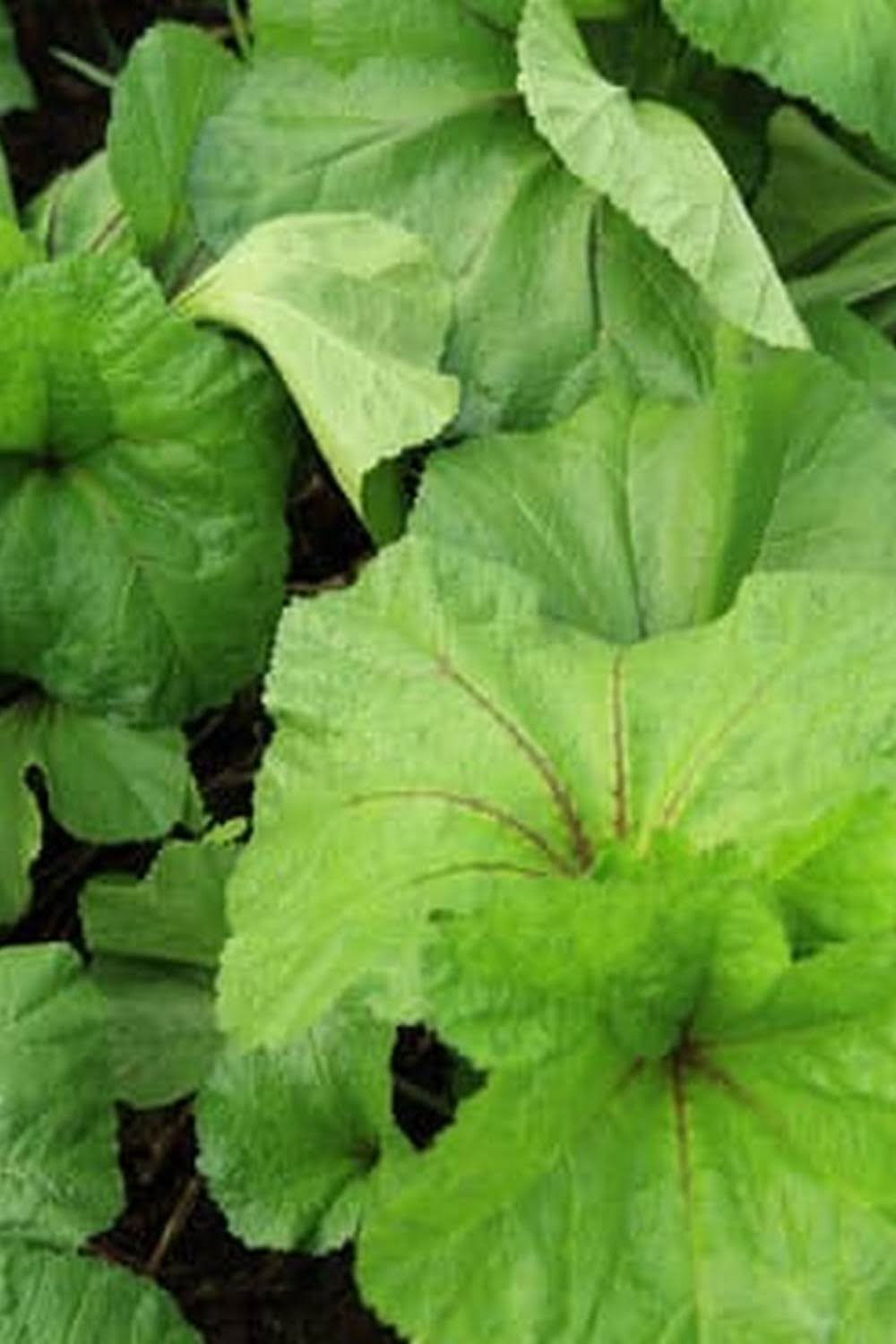Identifying a Plan
A garden layout plan is typically used by home gardeners or professional landscapers to plan out the placement of their vegetable garden. This plan can help them maximize space and ensure that they are planting their vegetables in an efficient manner. A garden layout plan will vary based on the individual’s needs, such as how much space they have available and what type of plants they wish to cultivate. They will also need to consider soil types, drainage, and sunlight availability when deciding on a plan. By being proactive and drawing out a blueprint of where all their plants will go before they begin planting, they will be able to avoid certain problems in the future and ensure the success of their vegetable garden.
Space Restrictions
When designing a vegetable garden layout in a small space, the main priority should be making sure plants can get adequate sunshine. This means considering both the orientation of the plot and which vegetable plants prefer full sun versus partial shade. For example, leafy greens such as lettuce and spinach prefer more shade than tomatoes or squash. If possible, planted beds should also be arranged with pathways for easy access and maintenance.
It is also important to plan ahead for crowding issues by allowing plenty of room for plants to mature and spread out. Using vertical structures such as trellises and staked netting can let tall vegetables like pole beans expand upwards instead of laterally, thereby increasing the yield from a limited area. Additionally, some vegetables can help the other plants thrive, so intervals of companion planting is an option to increase productivity without needing extra space. Finally, leaving space between each bed makes it easier to move around and work on individual beds without damaging neighboring crops.
Landscape Aesthetics
-Think about your overall plan for the garden and make sure you have enough space for all of your vegetables. Take into account the amount of sunlight and shade the area will get.
-Choose a focal point to draw attention, such as an ornamental vegetable, like a kabocha squash or brightly colored chard. Feature these plants in the center or along a pathway.
-Research companion planting to figure out which vegetables should be planted close together. For example, peas can be planted with radishes, carrots, and celery to help keep pests away.
-Mix different textures, shapes, and colors in one bed; this adds visual interest to the garden. Peppers with orange skin provide brilliant pops of color while greenery like cilantro creates fullness at the edges.
-Ensure that each bed is clearly delineated with pathways or edging material so that when it comes time to harvest the vegetables, you know exactly where each one is located.
Companion Planting
Companion planting is the practice of planting different vegetable species together in a garden bed so that they can benefit each other. When done correctly, companion plants create beneficial chemical and physical interactions between each other which help optimize growing conditions, promote healthier soil and ward off pests. For example, vegetables like onions and garlic can be planted near peas or beans to reduce insect pressure as their strong odors repel harmful bugs. Tomatoes and basil can be planted near each other to repel insects as well and improve the flavor of both crops. Additionally, tall plants like corn can be used to shade smaller plants from excessive heat or the wind while providing structures for larger vines to climb upon such as cucumbers or squash. When planning a vegetable garden layout, it is important to pay attention to compatible companions and beneficial relationships between your desired crop species.
Composting
Composting is a great way to create nutrient-rich soil for your vegetable garden. Composting provides key nutrients such as nitrogen, phosphorus, and potassium in the soil. These nutrients help improve water retention, aeration and benefit soil structure. It also helps to limit erosion, improve drainage and reduce weeds. Vegetables grown without compost can be more susceptible to insect infestations and disease. The improved soil structure provided by compost also improves root development which increases yields and flavor of the vegetable crop. Depending on the desired crops and size of garden space allocate sufficient area in your layout for compost piles or bins as appropriate.
Soil Amendment
To ensure the garden grows healthy and productive vegetables, it is imperative to build a strong soil foundation. This can be achieved through the process of soil amendment. Soil amendments are materials that are blended into the soil in order to improve its physical structure, fertility, and drainage capabilities. For example, adding compost to improve soil fertility or using gypsum to break up clay soils can help create an optimal environment for the growth of garden vegetables. Other common types of soil amendments include lime for pH balance, manure for nutrients, and grass clippings for organic matter. The right combination of soil amendments will not only help your garden thrive but may also reduce the need for chemical fertilizers or pest control measures. Before beginning your vegetable garden layout plan it is important to evaluate the current state of your yard’s soil and decide which type of amendments will work best for you. Doing so can set your vegetables up for success with deep healthy roots and nutrient-rich growth.
Weed Management
One of the most important elements in keeping weeds away from your vegetables is to have an active and effective weed management plan. Here are some strategies to help control weed growth and spread in your garden:
1. Mulch: Spreading a thick layer of mulch around vegetables can help significantly reduce the amount of weeds that make it into the garden bed.
2. Hand Weeding: Regularly remove any weed seedlings as they appear by hand to prevent them from going to seed.
3. Crop Rotation: Practice crop rotation between vegetable beds (planting different crops in each bed each year) so there is less opportunity for weeds to take root where last year’s crop grew.
4. Remove Weeds & Fluff Soil Before Planting: Pull out all existing weeds before planting and fluff up the soil so there are fewer areas for weed root systems to become established within the bedding area.
5. Interplanting Flowers with Crops: Incorporate flowers (e.g., marigolds and sunflowers) among vegetable rows, as their dense foliage and flowers will crowd out weeds, reduce the chance of insect damage and enhance beneficial predators in your garden beds.
6. Water Deeply and Infrequently: Water deeply just once or twie a week instead of frequently shallow watering sessions which encourages shallow root systems on your veggies – this means you’ll have less drought-tolerant weeds popping up either side of your crops!
Mulching
Mulching is an important gardening practice that has several benefits for any vegetable garden. Mulching helps keep garden beds weed-free by blocking light from reaching germinating weed seeds and suffocating existing weeds. This reduces the amount of work it takes to eliminate weeds, allowing you more time to tend to other aspects of your garden.
In addition, mulching conserves moisture in the soil. It helps prevent evaporation by keeping the soil cool on hot days and trapping moisture within the soil structure. This, in turn, improves water use efficiency while maximizing moisture levels and reducing water runoff. Finally, mulching also prevents soil compaction when mixed with organic matter, helping create a rooted foundation for plants while providing access to vital soil nutrients.
Tool and Equipment
Tools: The right tools are essential for a successful vegetable garden. First, you’ll need a garden spade for digging and preparing the soil. A rake or hoe can be used to level the ground before planting. You’ll also need a digging fork for turning over the soil and breaking up larger clods of dirt. Pruning shears are great for trimming plants and removing dead branches or leaves. A garden hose is necessary for supplying water to plants, especially during dry periods of weather. Lastly, it’s always helpful to keep a pair of gardening gloves handy to protect your hands from thorns or sharp objects when working in the garden.
Equipment: To go along with your tools, there’s some other equipment that can help make gardening easier and more efficient. A quality wheelbarrow is great for moving bulky materials like mulch or pipes around the garden without having to carry them by hand. Hanging planters give more room to grow vertically in smaller spaces with limited area while still providing an easy way to care for plants without needing special equipment. And lastly, fertilizing carts help spread fertilizer quickly, allowing you to cover more ground than manually spreading it with just a bucket or rake!
Recipes and Ideas
1. Roasted Vegetable Medley: Toss diced onions, garlic, carrots, squash, peppers, and mushrooms with olive oil, rosemary, thyme, salt and pepper to taste. Spread evenly on a baking sheet and roast at 350°F until tender. Enjoy as a side dish or over cooked quinoa for a complete meal.
2. Creamy Zucchini Fettuccine: Cook fettuccine noodles of your choice according to package instructions. In a separate pan sauté minced garlic and sliced zucchinis in olive oil until tender. Add heavy cream and let it simmer until desired thickness is reached. Once the noodles are al dente add them to the sauce pan with the vegetables and stir gently to combine all ingredients together. Garnish with grated Parmesan cheese before serving.
3. Stuffed Peppers: Preheat oven to 375°F. Remove tops from bell peppers, core and remove seeds thoroughly before stuffing with seasoned ground beef (or quinoa-based veggie mix). Place peppers in roasting pan filled with 1/4 cup water and bake for 25 minutes or until cooked throughlyl Meanwhile prepare tomato sauce by combining canned crushed tomatoes with salt and pepper to taste plus chopped basil if you like it spicy! Pour sauce into deep baking dish on top of stuffed peppers and continue baking for 20 more minutes until topping starts bubbling around edges of dish. Serve warm garnished with chopped parsley or cilantro leaves..

If you’re looking to get into vegetable gardening, or are just looking for some tips on how to make your current garden better, then you’ve come to the right place! My name is Ethel and I have been gardening for years. In this blog, I’m going to share with you some of my best tips on how to create a successful vegetable garden.





